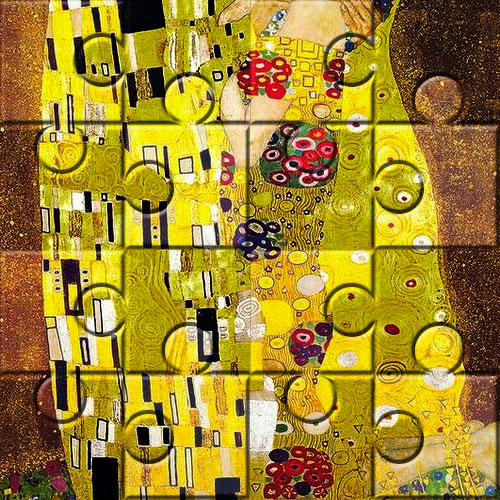 Andy
Andy"The Kiss" is an oil painting on canvas with gold leaf, silver and platinum. Created by the Austrian symbolist painter Gustav Klimt. It was painted sometime in 1907 and 1908, when scholars called it his "golden age". It was exhibited in 1908 under the title Liebespaar in the exhibition catalog.
This painting depicts a couple embracing each other, their bodies entwined in exquisite robes, and their decoration style is influenced by contemporary art styles and early organic styles. This painting is now hung in the Vienna Museum and is considered the most popular masterpiece of the Viennese Secession and Klimt.
Love, intimacy and sex are common themes in Gustav Klimt's works. The Stokelet frieze and Beethoven frieze are examples of Klimt’s focus on romantic intimacy. Both of these works are the predecessors of "Kiss", and show the theme of a couple that is constantly appearing.
It is believed that Klimt and his companion Emilie Flöge modeled this work, but there is no evidence or record to prove it. Others believe that this woman is a model known as "Red Hilda". She is very similar to the models in Feather Scarf, Goldfish and Danaë's "Woman".
Love, intimacy and sex are common themes in Gustav Klimt's works. The Stokelet frieze and Beethoven frieze are examples of Klimt’s focus on romantic intimacy. Both of these works are the predecessors of "Kiss", and show the theme of a couple that is constantly appearing.
It is believed that Klimt and his companion Emilie Flöge modeled this work, but there is no evidence or record to prove it. Others believe that this woman is a model known as "Red Hilda". She is very similar to the models in Feather Scarf, Goldfish and Danaë's "Woman".




